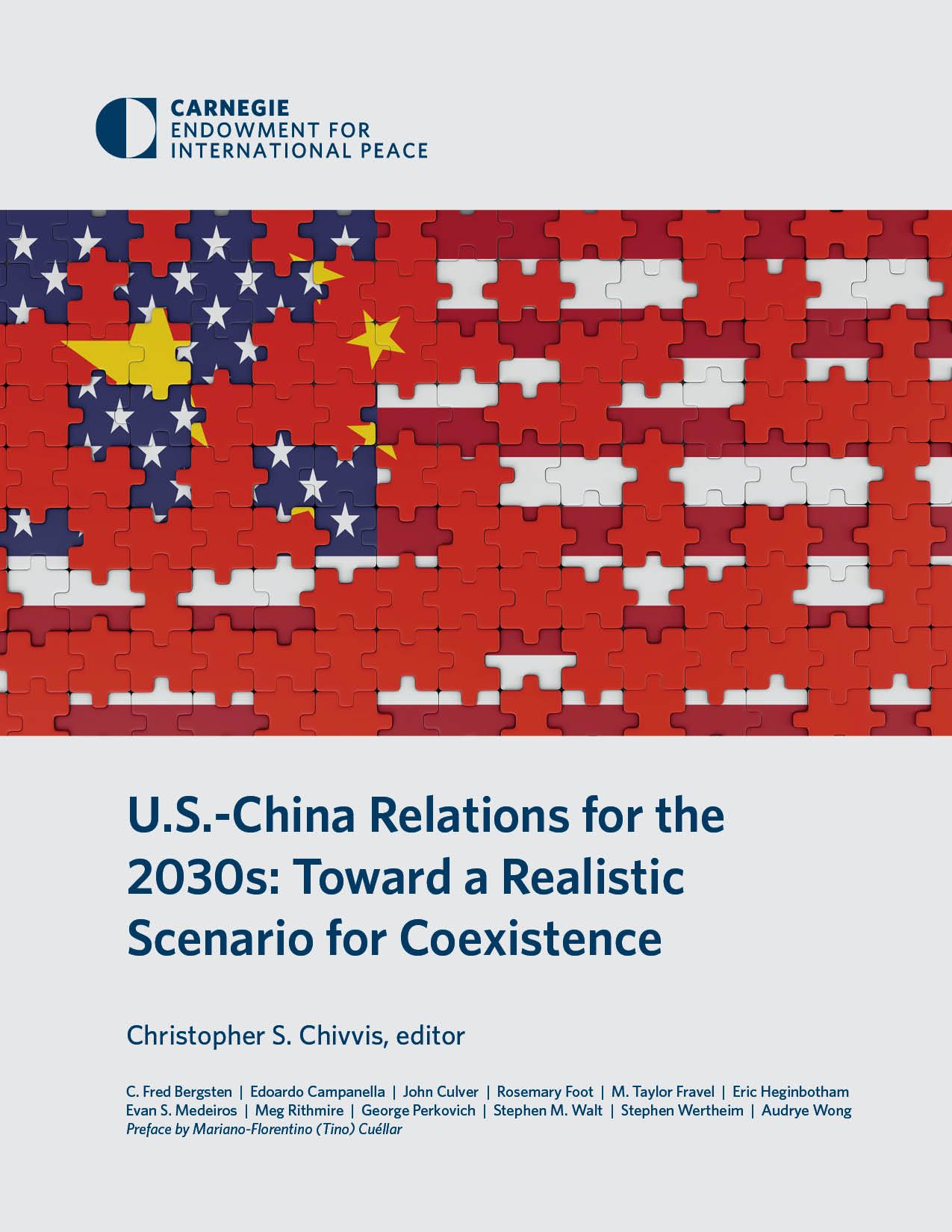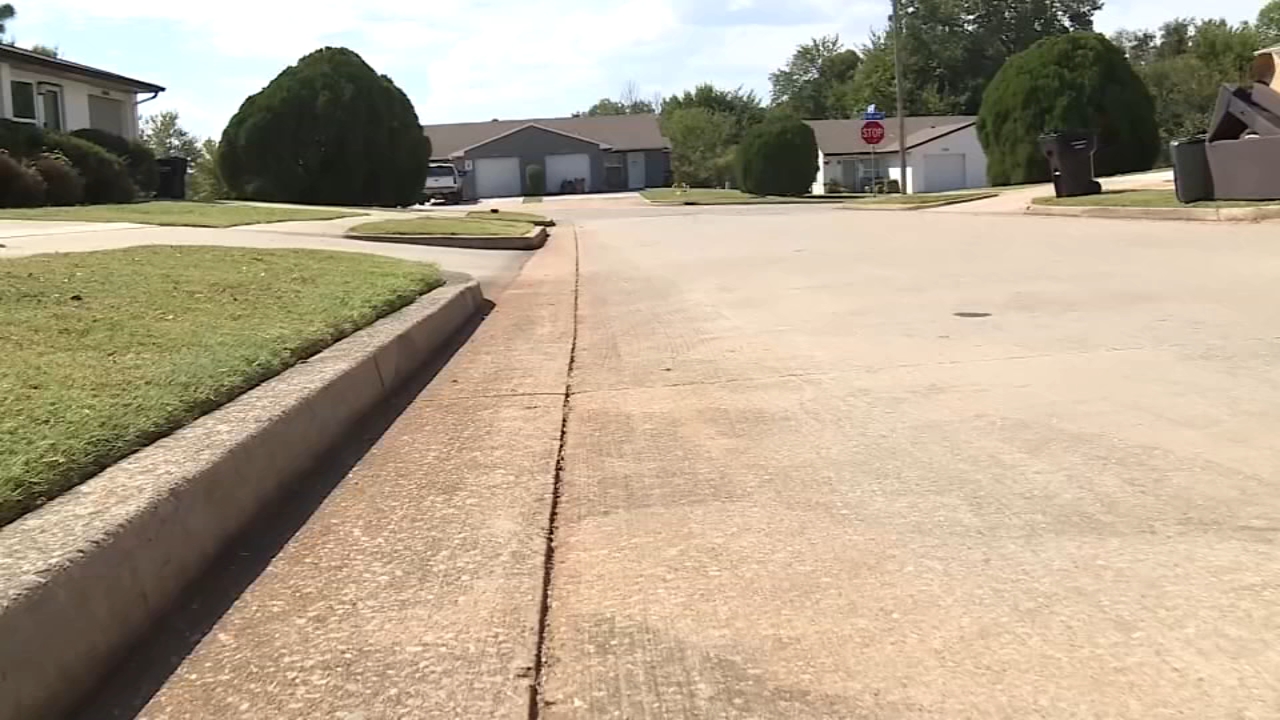Report on Arms Trafficking in South East Asia and Its Impact on Sustainable Development Goals (SDGs)
Overview of Arms Trafficking Trends
Arms trafficking in South East Asia has diversified significantly in recent years, moving beyond legacy weapons from past conflicts and increasingly intersecting with other illicit economies. According to the Global Organized Crime Index, the region’s arms trafficking score increased from 4.82 in 2021 to 5.23 in 2023, with the largest rises observed in Laos, Myanmar, and Thailand.
This trend reflects broader criminality patterns in the region, where the overall crime score rose from 5.44 to 5.82 during the same period. Although arms trafficking is less severe than other illicit economies such as human trafficking, synthetic drug production, and environmental crimes, it remains a significant criminal economy with far-reaching consequences.
Impact on Sustainable Development Goals (SDGs)
- SDG 16 (Peace, Justice and Strong Institutions): Arms trafficking fuels violence, armed conflict, gender-based violence, and deadly electoral disputes, undermining peace and security.
- SDG 3 (Good Health and Well-being): The proliferation of illicit weapons increases injury and mortality rates related to violence.
- SDG 15 (Life on Land): Links between arms trafficking and environmental crimes, including wildlife trafficking, threaten biodiversity.
- SDG 8 (Decent Work and Economic Growth): Illicit economies distort markets and hinder sustainable economic development.
Actors and Corruption in Arms Trafficking
Trafficked weapons empower various criminal actors, including mafia-style groups, youth gangs, extremist groups, insurgent organizations, and clan-based militias. Corruption plays a fundamental role, involving unscrupulous government officials, military and security personnel, politicians, and state-backed paramilitary groups.
Persistent and Emerging Challenges
Diversification of Trafficking Sources
Recent arms seizures reveal that trafficking networks source weapons from porous state armouries, legal civilian markets, and skilled craft producers. A concerning development is the proliferation of converted weapons (blank-firing or air guns modified to fire live ammunition), which have been used in violent incidents such as the 2023 Siam Paragon Mall shooting in Bangkok.
Additional challenges include:
- Increased use of 3D-printed weapons, documented in Myanmar.
- Digitization of illicit firearm markets, with sales and shipments facilitated through e-commerce, social media, courier services, and digital payment systems.
- Cross-border arms movements facilitated by online platforms, especially between Thailand, Laos, and Vietnam.
Conflict-Driven Arms Flows
Regional conflicts exacerbate arms trafficking. In Myanmar, illicit arms flows have surged since the 2021 coup due to battlefield captures, artisanal production, and trafficking from vulnerable state armouries in Cambodia, India, and Thailand. Similar dynamics are observed in Indonesia’s Papua province and the Philippines’ Mindanao region.
Interconnections with Other Illicit Economies
- Seizures in Indonesia revealed barter trades of endangered birds for assault rifles.
- Islamic State-affiliated militants in the Philippines are involved in drug trafficking and other smuggling activities.
- Drug production and scamming activities in Myanmar provide funding for armed groups to procure weapons.
Role of High-Level Corruption
State-embedded actors remain highly prevalent in South East Asia’s arms trafficking, scoring 6.23 out of 10 in 2023. Examples include:
- Abuse of government programs in Thailand allowing discounted weapon purchases by personnel, including provincial officials selling weapons to neighboring countries.
- Cambodian military officials and elite political families acting as linchpins in trafficking networks.
- Relaxation of gun laws in the Philippines under former President Rodrigo Duterte, enabling accumulation of large weapon arsenals by political families.
Pathways to Progress and Recommendations
Successful Interventions
Despite challenges, promising efforts are underway:
- Community-led disarmament programs in conflict-affected Mindanao, Philippines, have led to the confiscation of large quantities of weapons.
- Authorities across the region are enhancing capabilities to detect, investigate, and dismantle digitally enabled trafficking networks.
- Bilateral border security cooperation agreements are disrupting cross-border trafficking routes, notably between Vietnam and Cambodia, and Malaysia and Thailand.
Recommendations for Effective Action
- Enhance Data Transparency and Reporting: Governments should improve disclosure of arms seizures, support media reporting on security issues, and collaborate with international organizations to monitor trafficking trends.
- Adopt a Regional Perspective: Mapping and monitoring arms trafficking dynamics across countries is essential due to the transnational nature of trafficking routes and supply-demand differences.
- Strengthen Local-Level Understanding: Robust knowledge of trafficking dynamics at local levels will improve targeted interventions.
- Address Corruption: Tackling corruption among state actors is critical to disrupting trafficking networks.
- Integrate SDG Framework: Align anti-trafficking measures with Sustainable Development Goals to promote peace, justice, health, environmental protection, and economic growth.
This report is part of the GI-TOC’s series analyzing the Global Organized Crime Index, focusing on the implications for policymaking and anti-organized crime strategies in South East Asia.
1. Sustainable Development Goals (SDGs) Addressed or Connected
- SDG 16: Peace, Justice and Strong Institutions
- Addressing arms trafficking, armed conflict, violence, corruption, and organized crime.
- SDG 3: Good Health and Well-being
- Reducing violence and its impact on health, including gender-based violence and armed conflict-related injuries.
- SDG 15: Life on Land
- Combatting environmental crimes and wildlife trafficking linked to arms trafficking.
- SDG 8: Decent Work and Economic Growth
- Addressing illicit economies such as drug trafficking and human trafficking that intersect with arms trafficking.
2. Specific Targets Under Those SDGs Identified
- SDG 16 – Peace, Justice and Strong Institutions
- Target 16.1: Significantly reduce all forms of violence and related death rates everywhere.
- Target 16.4: By 2030, significantly reduce illicit financial and arms flows, strengthen the recovery and return of stolen assets, and combat all forms of organized crime.
- Target 16.5: Substantially reduce corruption and bribery in all their forms.
- Target 16.6: Develop effective, accountable and transparent institutions at all levels.
- SDG 3 – Good Health and Well-being
- Target 3.4: Reduce by one third premature mortality from non-communicable diseases through prevention and treatment and promote mental health and well-being (including violence prevention).
- Target 3.7: Ensure universal access to sexual and reproductive health-care services, including for gender-based violence survivors.
- SDG 15 – Life on Land
- Target 15.7: Take urgent action to end poaching and trafficking of protected species of flora and fauna and address both demand and supply of illegal wildlife products.
- SDG 8 – Decent Work and Economic Growth
- Target 8.7: Take immediate and effective measures to eradicate forced labor, end modern slavery and human trafficking and secure the prohibition and elimination of the worst forms of child labor.
3. Indicators Mentioned or Implied to Measure Progress
- SDG 16 Indicators
- Indicator 16.1.1: Number of victims of intentional homicide per 100,000 population, by sex and age.
- Indicator 16.4.2: Proportion of seized, found or surrendered arms whose illicit origin or context has been traced or established by a competent authority in line with international instruments.
- Indicator 16.5.1: Proportion of persons who had at least one contact with a public official and who paid a bribe to a public official, or were asked for a bribe by those public officials, during the previous 12 months.
- Indicator 16.6.2: Proportion of the population satisfied with their last experience of public services.
- SDG 3 Indicators
- Indicator 3.4.1: Mortality rate attributed to cardiovascular disease, cancer, diabetes or chronic respiratory disease.
- Indicator 3.7.2: Adolescent birth rate (aged 10-14 years; aged 15-19 years) per 1,000 women in that age group.
- SDG 15 Indicators
- Indicator 15.7.1: Proportion of traded wildlife that was poached or illicitly trafficked.
- SDG 8 Indicators
- Indicator 8.7.1: Proportion and number of children aged 5-17 years engaged in child labor, by sex and age.
- Indicator 8.7.2: Proportion and number of children aged 5-17 years engaged in hazardous work, by sex and age.
- Additional Implied Indicators
- Number and volume of arms seizures and trafficking incidents reported.
- Number of dismantled trafficking networks and arrests related to arms trafficking.
- Reports and data transparency levels on arms trafficking and related crimes.
- Cross-border cooperation agreements and their effectiveness in disrupting trafficking routes.
4. Table of SDGs, Targets and Indicators
| SDGs | Targets | Indicators |
|---|---|---|
| SDG 16: Peace, Justice and Strong Institutions |
|
|
| SDG 3: Good Health and Well-being |
|
|
| SDG 15: Life on Land |
|
|
| SDG 8: Decent Work and Economic Growth |
|
|
Source: globalinitiative.net







